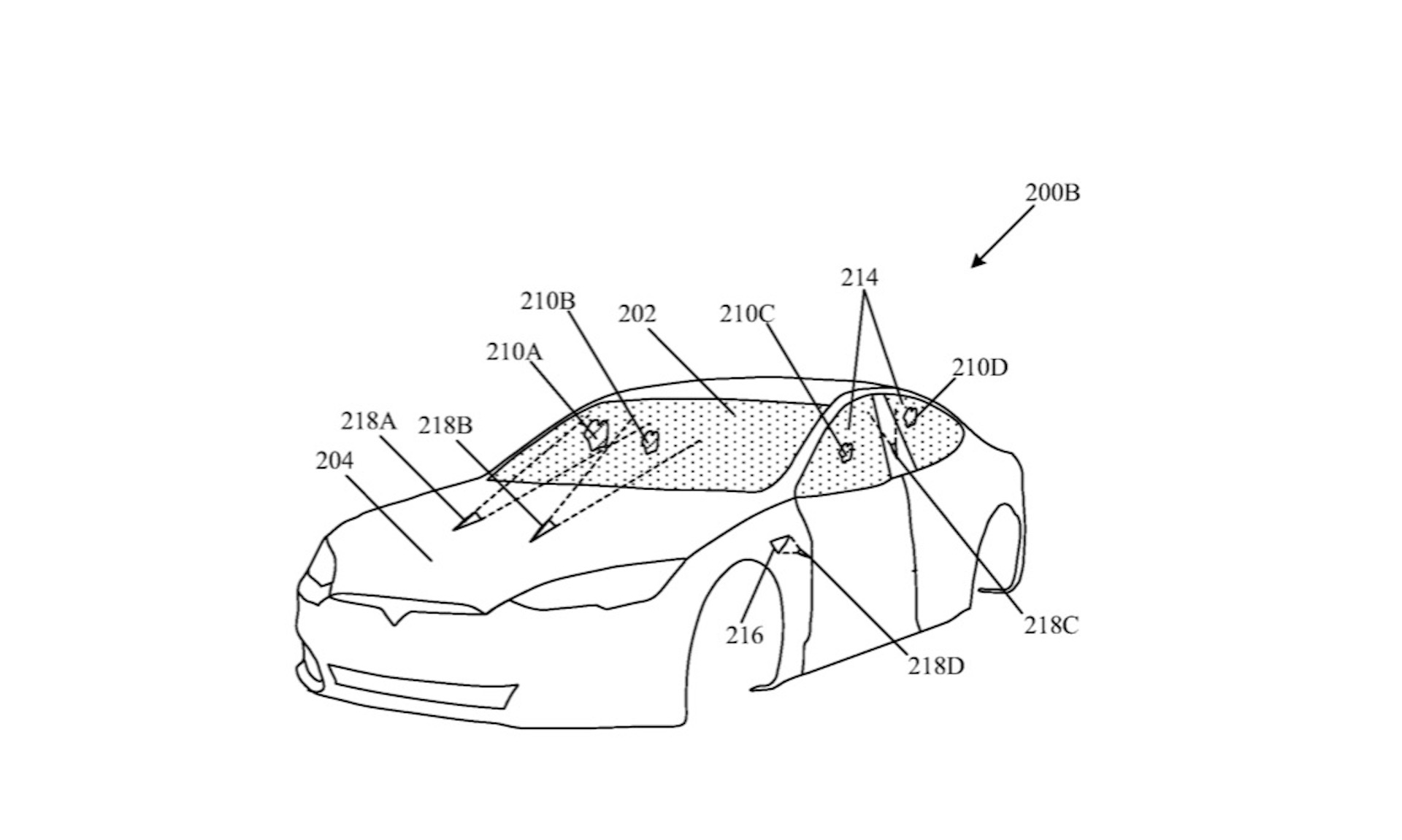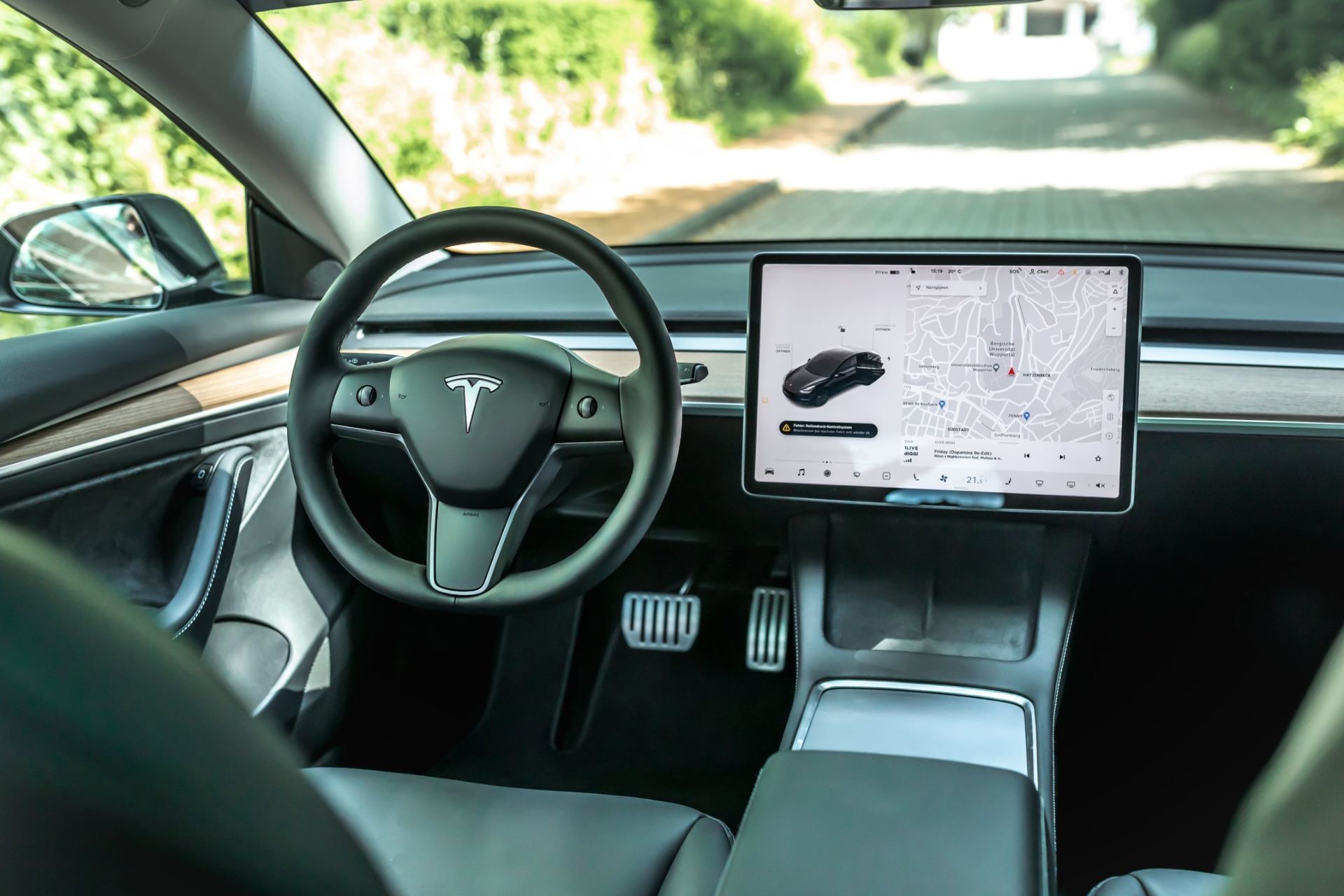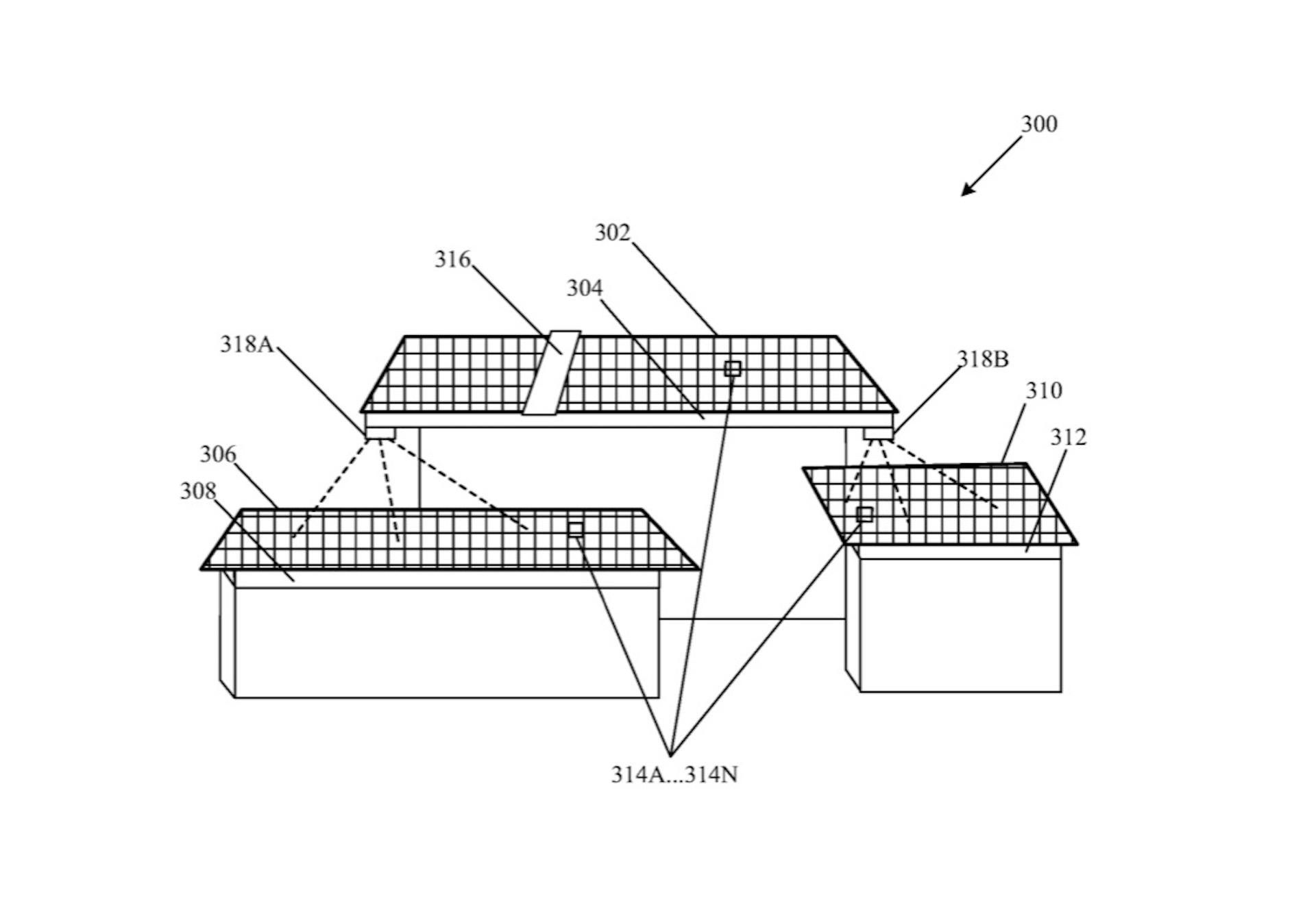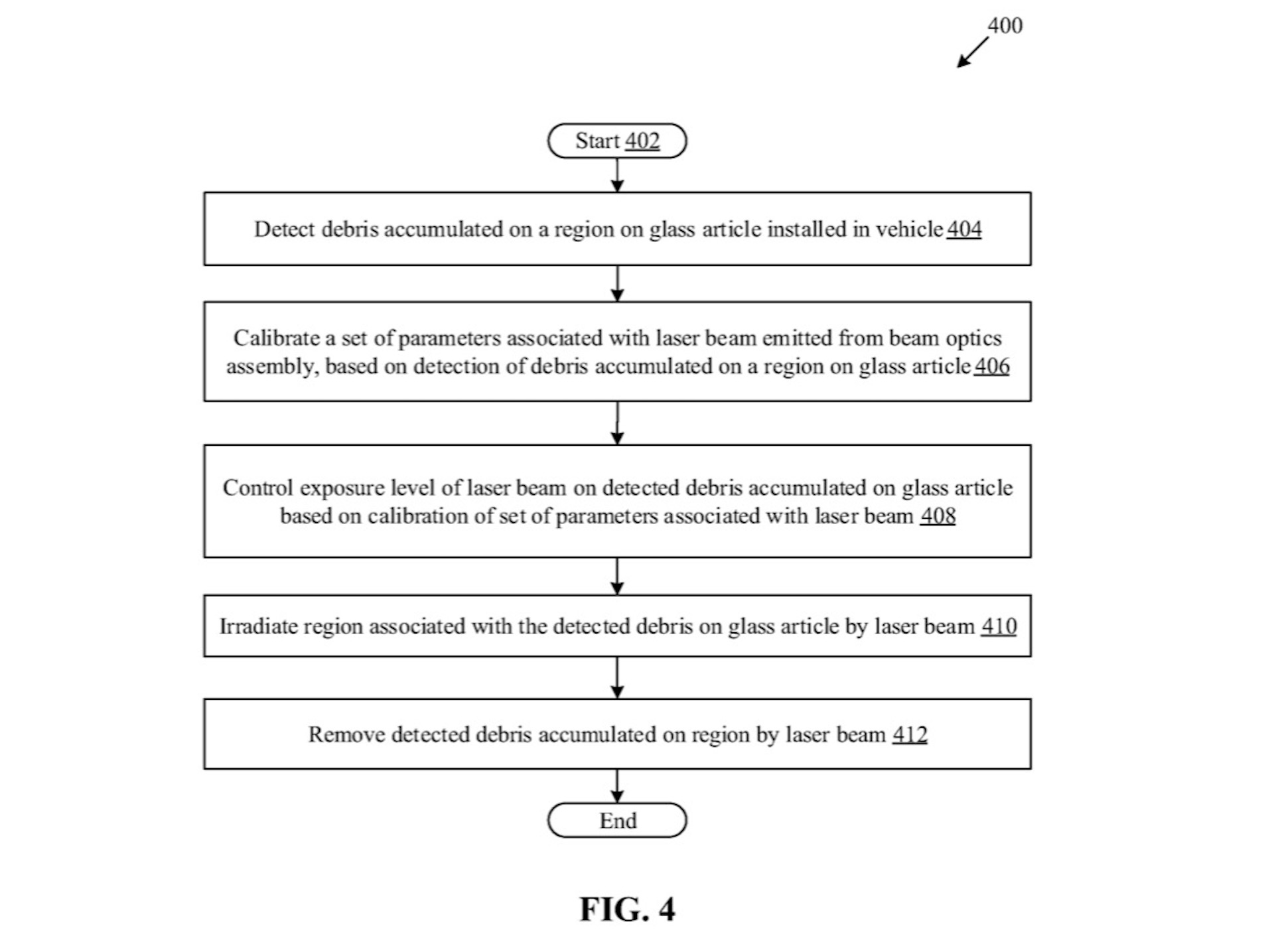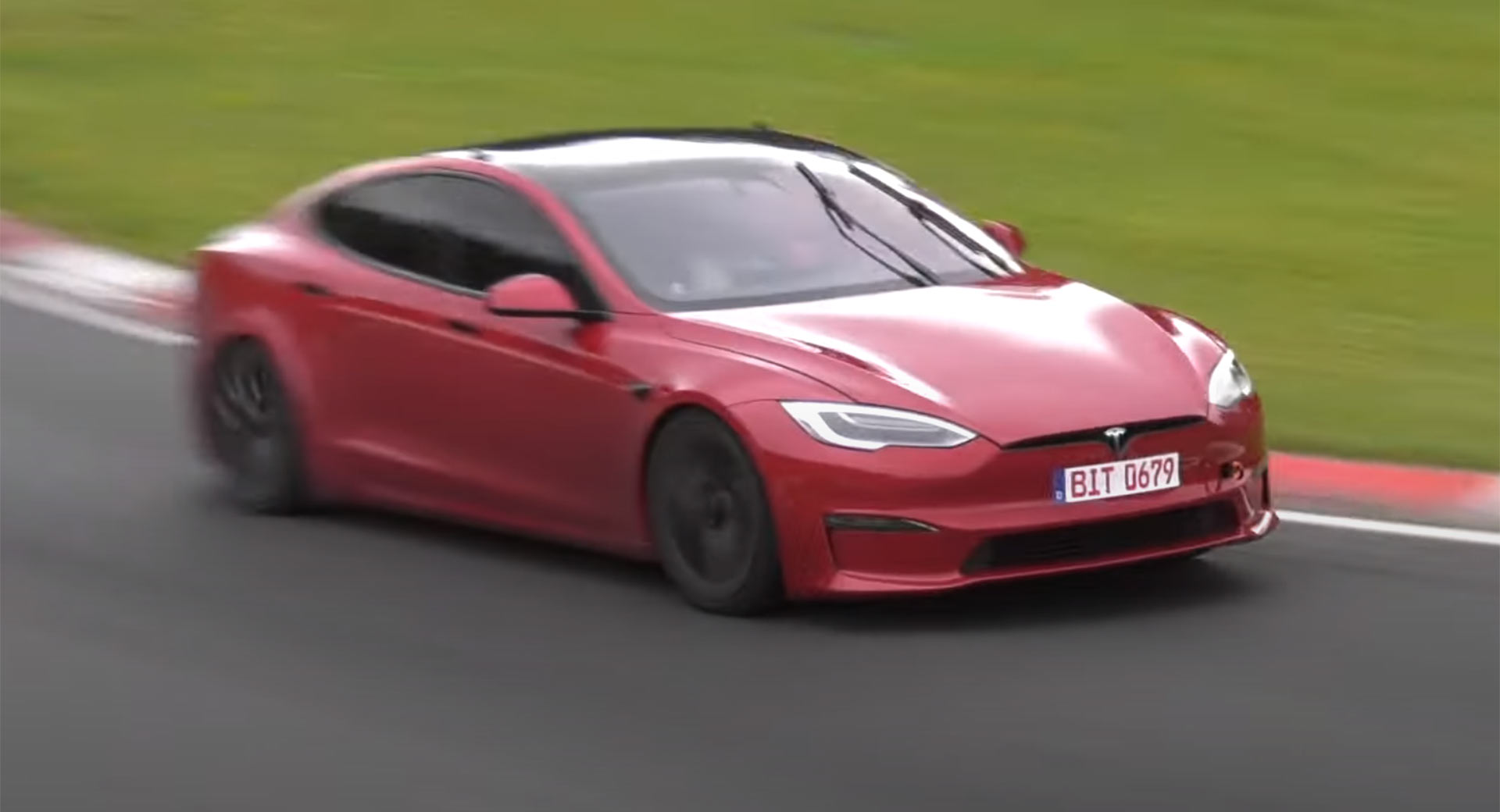Yolk steering wheels, gullwing doors for SUVs, touchscreen-operated gear shifters: Tesla has never shied away from trying to do things differently. And now we can adding windshield wipers to that list.
Wipers as we know them have been around since 1903. Okay, so they were hand cranked then, and later relied on engine intake manifold vacuum (which meant they didn’t work with the accelerator floored), before switching to electric power. But the low-tech principle of dragging a rubber blade across the window to clear it hasn’t really changed, and maybe it should.
I mean, why use rubber when you lasers are so much cooler? Two years ago Elektrek reported on Tesla’s plans to implement the technology and on Tuesday the U.S. Patent and Trademark Office finally granted Tesla a patent for a system of clearing dirt from a windshield (and other similar surfaces) using lasers.
According to the patent, which is catchily headed “Pulsed Laser Cleaning Of Debris Accumulated On Glass Articles In Vehicles And Photovoltaic Assemblies”, the system would automatically detect dirt on a surface, then blast it with a laser beam that is pulsed at a precise rate to ensure the laser never penetrates deeper than the thickness of the glass. As anyone who’s ever been to a nightclub and nearly blinded in the past 20 years knows, that last bit is pretty important.
While the laser technology’s most obvious use is clearing windshields, it might be even more valuable elsewhere on a car. As Tesla explains in the “Background” text of the patent, “dirt on lenses of a camera mounted on a vehicle may cause errors in image acquisition,” and we know how crucial camera technology is to Tesla’s future autonomous vehicle plans.
“As another example, dirt accumulations on photovoltaic panels over a period of time may cause a decrease in a power capture efficiency of the solar panels,” the text continues, suggesting that the technology might be used on cars, homes, factories and anywhere that harvests solar power.





